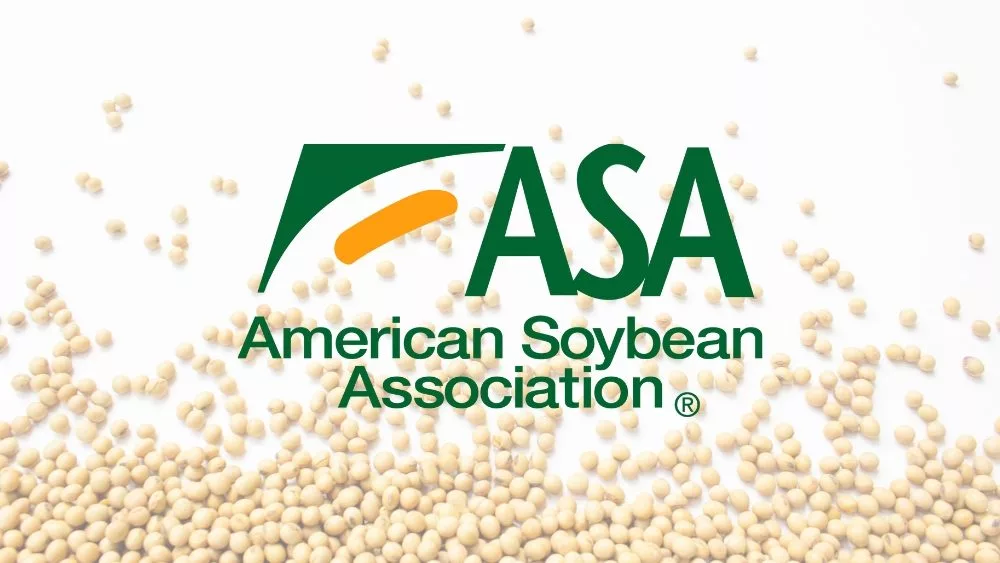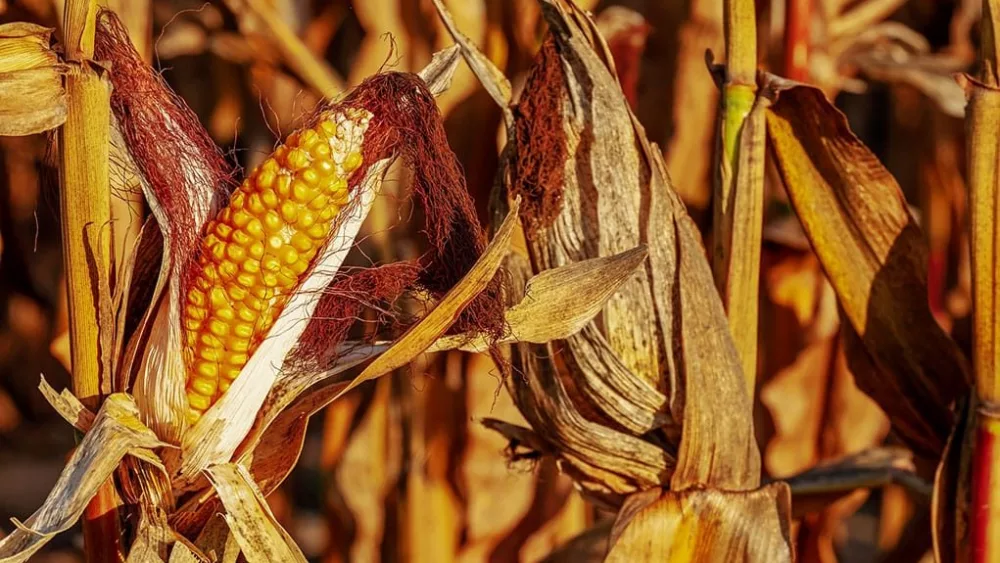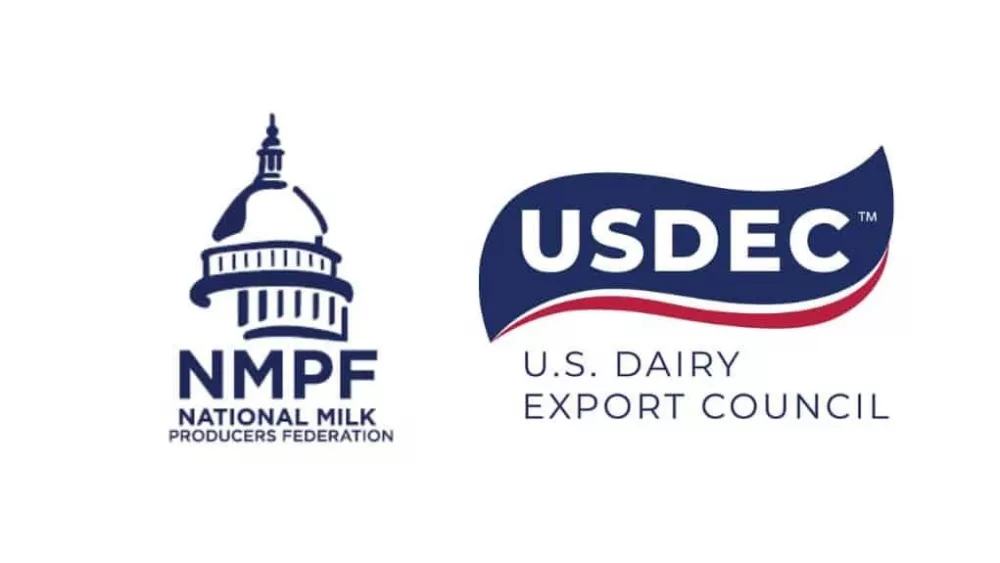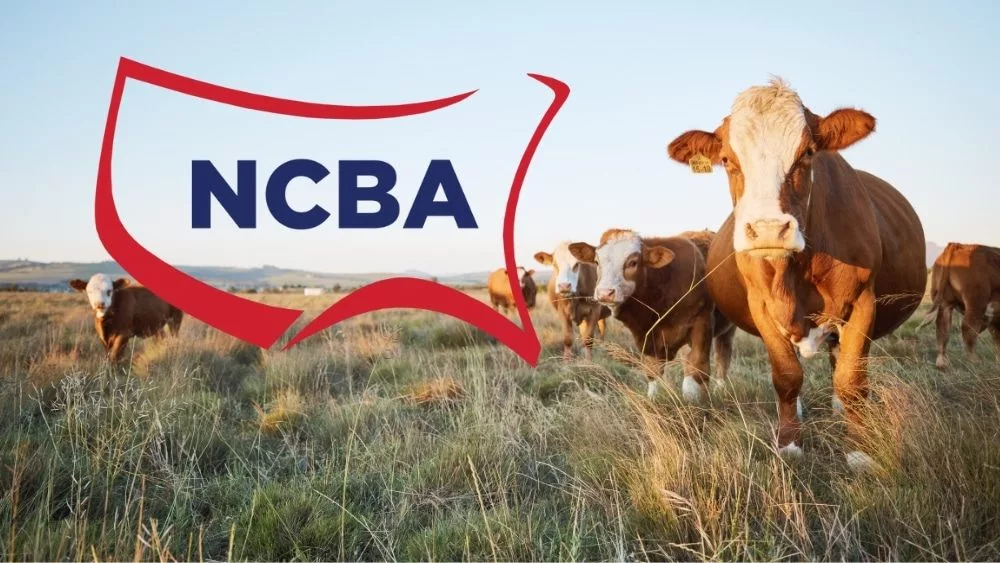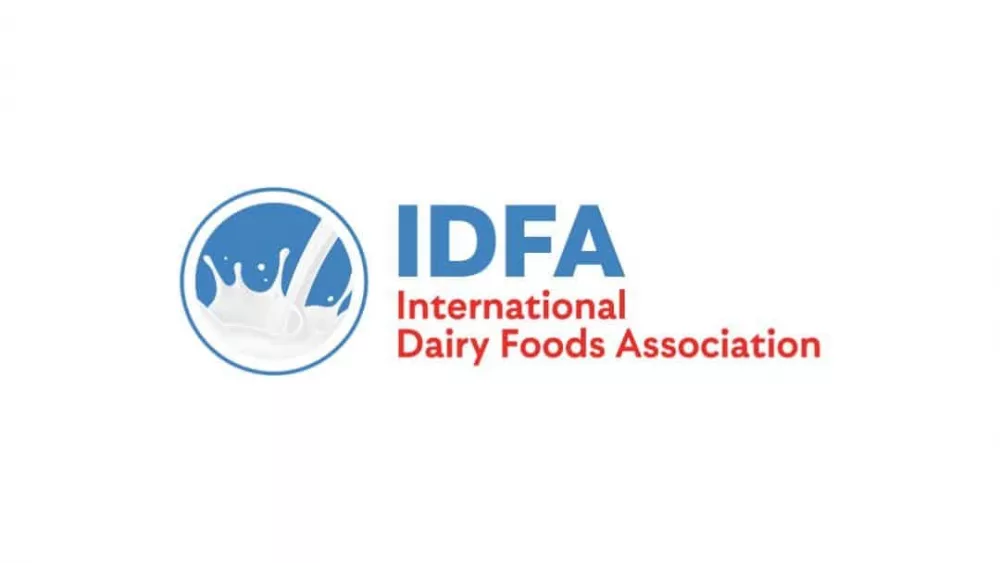WILCOX, NE: “We’re pleased that on April 19, the Environmental Protection Agency (EPA) and the White House announced a waiver so that E15 (15% ethanol blend in gasoline) sales will continue uninterrupted, nationwide this year. E15 is a lower-cost, lower-carbon gasoline blend approved for use in more than 95% of vehicles on the road. Motorists typically save about 25 cents per gallon with E15. American motorists and consumers, planning summer vacation can thank the ethanol industry for gas prices at the pump currently being nearly $1 per gallon cheaper for E85 flex-fuel ethanol blends than 87-octane Plus with 10% ethanol,” said Gale Lush, ACGF Chairman from Wilcox, NE, a corn, soybean and wheat producer. “On May 7 in Lincoln, NE, at one gas station pump prices were: Premium-$4.199 (100% gasoline); Plus with 10% ethanol-$3.299; E15 ethanol blend-$3.199; E30 ethanol blend-$3.099; E85 ethanol blend-$2.399. The 10% ethanol Plus blend is $.90/gallon less than Premium; the E15% ethanol blend is $.10/gallon less than Plus; the E30% ethanol blend is $.20/gallon less than Plus and the E85% ethanol blend for flex fuel vehicles at $2.399/gallon is $.90/gallon cheaper than the Plus blend. E15, E30 and E85 ethanol blends ranged from $1 to $1.80 per gallon cheaper than Premium. Ethanol blends mean big savings for consumers across this country at vacation time and year-round. When you fill the gas tank, remember, ethanol is a friend to the consumer and the environment,” said Lush.
ACGF Policy Director Dan McGuire applauded the auto industry and the nation’s efforts to reduce greenhouse gases. “Ethanol blends are the clean, low carbon, low cost, liquid fuel, national decarbonization strategy at work today. According to the Department of Energy’s Argonne National Laboratory grain-based ethanol cuts greenhouse gas emissions by 44 to 52% compared to gasoline. Researchers from Harvard, MIT, and Tufts concluded that today’s corn ethanol offers an average greenhouse gas (GHG) reduction of 46% versus gasoline. According to information on the Renewable Fuels Association (RFA) website, emerging technologies promise to boost that reduction to near 70% in the next few years. Other national initiatives, including electric vehicles (EV’S), have a very important role to play for the future as new technologies evolve and the country moves forward with its decarbonization agenda. Ethanol and biofuels will continue to play a lead role by placing clean-burning liquid transportation fuels in the forefront, as they should be. The ethanol industry is like ‘jet fuel’ for boosting the economy. A University of Nebraska study funded by the Nebraska Ethanol Board found that in 2020 Nebraska’s ethanol industry had a total production value of $3.433 billion, employed 1,758 full-time equivalent employees and had $4.410 billion in total economic output. With ethanol’s economic engine is cranking out ethanol production, providing employment, paying taxes and creating value-added exports, all while providing substantially lower consumer gasoline prices at the pump. Ethanol is a real economic superstar,” said McGuire.
